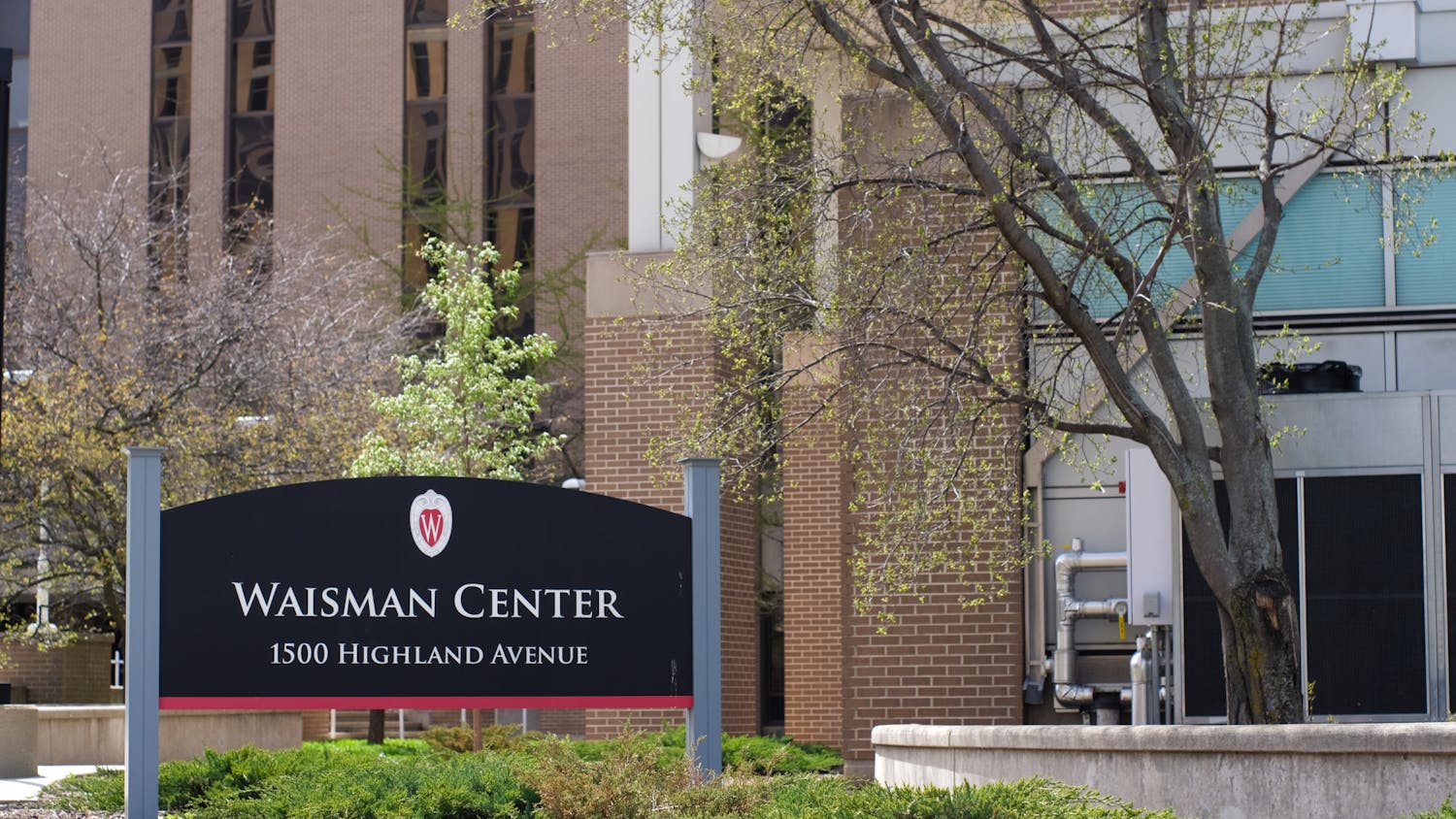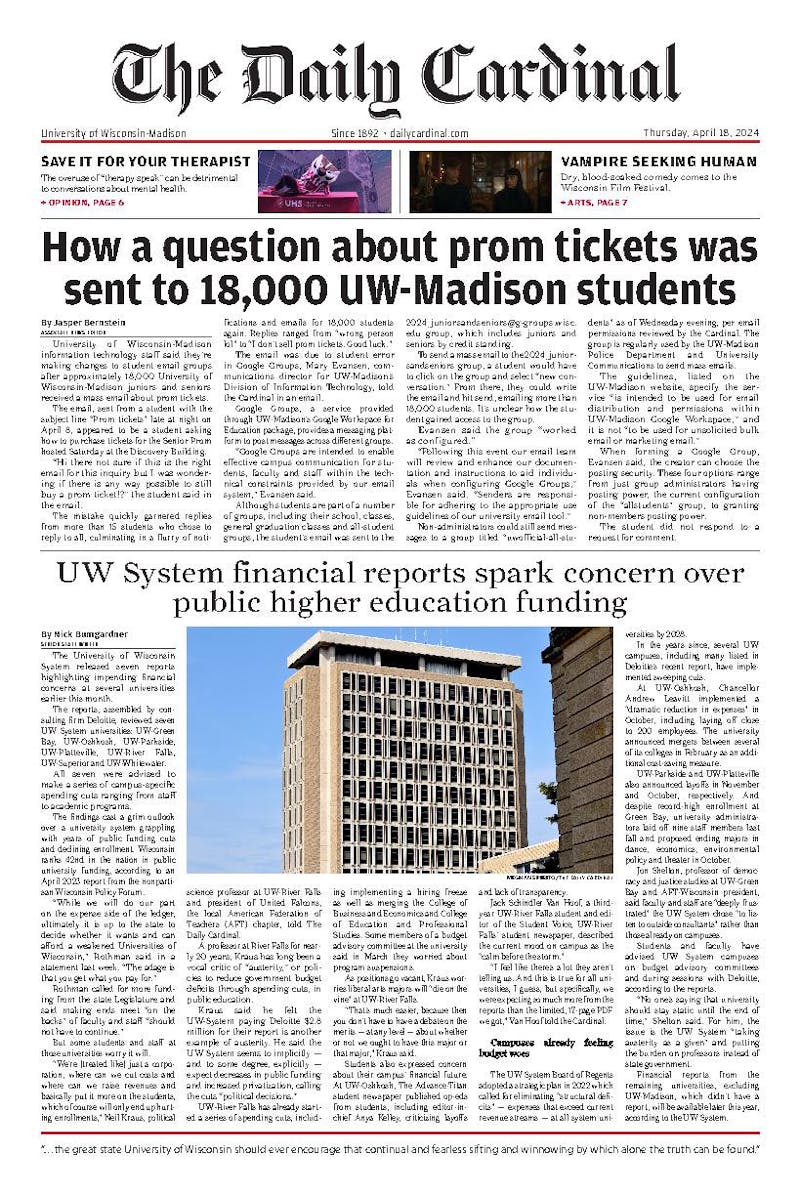In the late 19th and early 20th century, de jure racial segregation was a cultural phenomenon prevalent in the United States. Known as “Jim Crow segregation,” Southern states sought to divide black and white communities in the public square utilizing “separate but equal” facilities. In Brown v. Board of Education, the Supreme Court ruled state-sponsored school segregation was unconstitutional; what is separate is inherently not equal. Later, the remaining state-enforced segregation laws were generally overturned by the 1964 Civil Rights Act and the 1965 Voting Rights Act. While the case can be made that the Civil Rights Act may have overreached in terms of the rights of private property owners, no one today seriously argues that public (taxpayer-sponsored) programs should be allowed to segregate based on irrelevant characteristics such as skin color, gender, religious creed or sexual orientation. Or, so I thought.
I was walking through a “learning community” a few weeks ago (I use scare quotes in the most literal sense!) and I saw a poster entitled “privilege path,” encouraging white individuals to consider what particular elements of their upbringings were systematically advantageous. The poster’s essence was this: A white person in American society has natural advantages that people of other ethnicities do not. These advantages perpetuate a cycle of economic and social dominance. I read over the list of privileges, each one on a footstep, on the poster and I took serious issue with its implications. Before I get into the problems of the logical conclusions of this poster, I’d first like to discuss the concept of so-called “white privilege” as taught on this campus and on other UW campuses in general.
William Clifton, Ph.D, who has worked for UW-Madison’s Office for Equity and Diversity since August 2005, has an online PowerPoint presentation in which he provides the definition of privilege as taken from the National Conference on Community and Justice: “A right that only some people have access or availability to because of their social group memberships (dominants). Because hierarchies of privilege exist, even within the same group, people who are part of the group in power often deny they have privilege even when evidence of differential benefit is obvious.” Later in his presentation, Clifton argues that this definition implies that in relation to gender, men have privilege. In relation to race, he argues white people have privilege. In relation to physical ability, he argues temporarily-abled people have privilege. In relation to sexual orientation, heterosexual people have privilege. Finally, in relation to age, people between the ages of 21 and 60 have privilege. I personally disagree with several of these classifications, but I’m going to focus on race. With specific regard to white privilege, Clifton provides a definition from Frances Kendall, 2001: “White privilege is an institutional (rather than personal) set of benefits granted to those of us who, by race, resemble the people who dominate the powerful positions in our institutions. One of the primary privileges is that of having greater access to power and resources than people of color do; in other words, purely on the basis of our skin color doors are open to us that are not open to other people.”
Clifton’s definition of white privilege provides the foundation by which race theory is taught to students in the UW System and, I think, more broadly in universities throughout the country. There are serious faults with his definition: It is based on erroneous premises and unsubstantiated assumptions.
The first part of the definition says that white privilege is institutional and, because of race, white individuals dominate the powerful positions in society. According to the 2011 U.S. Census, the majority of Americans are still white. The report found that 78.1 percent of individuals in America are white, 16.7 percent are Hispanic or Latino, 13.1 percent are black, 5 percent are Asian and 1.2 percent are American Indian. The power breakdown in this country should proportionally favor white individuals, simply based on the fact that they form a majority of the population. No institutional discrimination is needed to explain why most business owners, government workers, college professors and students are white. It’s because the majority is white, not because of some underlying racism.
Ironically, the census showed minorities are disproportionately represented in federal employment, arguably the positions that will hold societal power. A total of 17.5 percent of federal employees were black as of 2008, much higher than the 13.1 percent of black individuals that make up the larger population. White federal employees made up 77 percent of the workforce, which is actually lower than the 78.1 percent of white individuals that make up the larger population. The premise that white individuals dominate powerful positions is false, because black individuals disproportionately fill these positions. The premise that white individuals hold power in the institutionalized sense is, at best, wholly unsubstantiated, and at worst is a blind accusation of de jure racism (which no longer legally exists).
The second part of the definition of white privilege provided by Clifton mirrors the first. It basically states that one of the primary privileges of being white is having a greater access to power and resources than people of color, and thus having more doors open. I’ve already shown at the federal level, black individuals have disproportionately larger access to institutional power. In terms of financial resources, it seems that there are definitely differences in median income by race, but white individuals are not at the top of the food chain. The median income of white households was $62,545, the median income of black households was $38,409, the median income of Asian households was $75,027, and the median income of Hispanic households was $39,730. Clearly, there are huge differences in these numbers, and one might conclude that, as a whole, white families make more than black or Hispanic families, and Asian families make more than all the aforementioned groups. The cause of these disparities isn’t clear. Many individuals argue that the historical effects of segregation and slavery are still being felt by black families, and this may be true to some extent. It may take time for these median incomes to equalize across different groups. However, there is no reason to believe that this equalization will not happen given a long enough interval. The free market is color blind and in modern society—where de jure segregation has been eradicated—I am willing to bet that in a few more generations these differences will evaporate.
So, let’s get back to the implications of the University of Wisconsin’s education system. First we’ll look at the poster I was discussing earlier, and then we’ll examine the UW-Superior sponsored “Un-Fair” campaign, a racially charged advertising campaign which has made waves on media outlets nationwide.
The poster in the “learning community,” which I referenced earlier, lists items considered to be privileges. Among them, it lists the following as white privileges: “stories in the mainstream media about people from my racial group are mainly told by people from my racial group,” “my native language is English,” “most of my teachers looked like people of my race” and “I’m pretty sure that if I go to a business and ask to speak to the person in charge I will be speaking to someone of my race.” If we are to follow this poster to its logical conclusion, it would seem to be suggesting that it is beneficial for there to be separate news media outlets for different racial groups, for individuals to be taught only English as a first language, and for students to be taught only by teachers of the same skin color. If we are to construe the meaning of the word privilege to imply a positive benefit, then this poster ironically implies it would be beneficial for society to resegregate ourselves in order to maximize our social utility. This conclusion is segregationist on its face, and it’s one that I cannot accept if I am to believe in the value of individuals regardless of their skin color. How can it be that at a university that allegedly promotes diversity, students are taught it is good for news reporters of a certain race to only tell stories about people of that race and only to an audience of that race? How can it be that at a university that allegedly promotes diversity, students are taught it is beneficial to speak English as a native language, devaluing the merit and equality of other cultures? How can it be that students are taught it is a benefit to only have teachers with the same color skin as themselves or that a manager of a business is somehow unqualified because of the color of his skin? It cannot be.
In the context of his mighty civil rights struggle, Dr. Martin Luther King Jr. said “I have a dream that my four little children will one day live in a nation where they will not be judged by the color of their skin but by the content of their character.” When we read and listen to King’s powerful words, we must remind ourselves of the meaning of the civil rights movement. It was a time in our history when people stood up against oppression and injustice and declared it unconscionable to judge individuals based on meritless physical traits. It was a time in our history when the public stood up against gross collectivist denigration and declared that all men are equal in society, and the only meaningful way to judge a man’s value is by examining his work ethic and his inner morality, his character.
I sent an email to housing personnel February 2, 2013 regarding the poster. After three weeks, I finally heard back on February 25. Apparently other students took issue with the poster as well and a staff meeting was called to discuss the poster’s implications. However, the poster is still hanging in the “learning community.”
A few days ago, I saw the UW-Superior had started a similar white privilege campaign in which white individuals wrote messages in ink on their faces saying that it’s unfair they are white because of the supposed privileges associated with being that color. This story made headlines around the nation in publications such as the Huffington Post. The intent of the ad campaign is to diminish the integrity of white individuals by drawing on their face in black marker and to argue that having white skin is somehow unfair. Looking back at the words of King, would he approve of such a message?
I will be the first to admit that the negative economic consequences of slavery and the relatively lower income of immigrants means that, in today’s society, there is a general inequality of economic resources that trends with ethnicity. That said, the policies of this university do nothing to bridge the gap of race relations, but instead they encourage guilt in white individuals and envy in minorities. To progress, we need to move forward as individuals—color blind and tolerant. The free market and a free economy will naturally right income inequalities given time. What we cannot do is promote negative emotions toward ourselves or toward others simply based on skin color. If unchecked, these segregationist ideas and the discriminatory rhetoric of the UW System will set back race relations by decades. As a student body, we need to protest these claims of white privilege. I would encourage anyone who believes in individual merit, individual equality, diversity and a color-blind society to let his or her voice be heard by contacting the learning communities and the administrators employed by the UW system.
Steven is a junior majoring in biochemistry and political science. A counter-opinion to this piece will be in print Thursday. Please send any and all feedback to opinion@dailycardinal.com and editor@dailycardinal.com.





